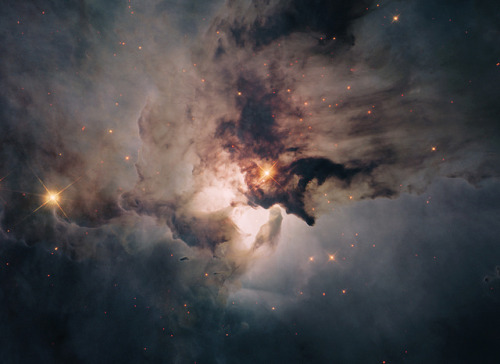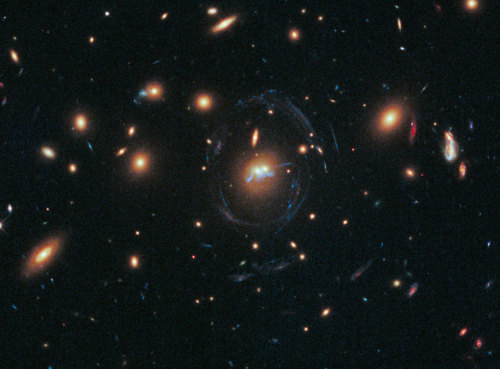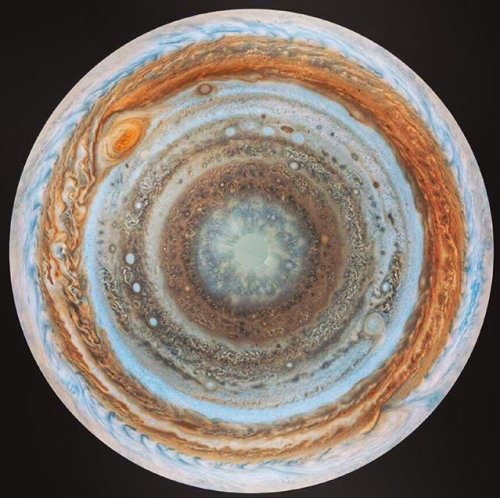Antennae Galaxies, An Intense Star-forming Region Created When Two Galaxies Began To Collide Some 200

Antennae galaxies, an intense star-forming region created when two galaxies began to collide some 200 million to 300 million years ago. The bright, blue-white areas show newly formed stars surrounded by clouds of hydrogen, which are colored pink. A similar collision is expected between our galaxy, the Milky Way, and the nearby Andromeda galaxy in several billion years.
Source: national geographic
Credit:NASA/ESA/HUBBLE
More Posts from Xnzda and Others
some of my favourite absolutely SICK facts about the trappist-1 exoplanets: - theyre all very close to one another and to their star, so the length of a year on them varies from 1 to 20 DAYS - since they’re so close, the star appears a lot bigger than our sun from earth, and from one planet you could easily see the rest, some would even appear bigger than the moon from earth. you could literally see the surface of another planet with the naked eye!!! - they’re probably tidally locked to their star like our moon is locked to earth, meaning only one side of a planet ever faces the star, and on the other side it’s always night. the sun never sets or rises on any of the planets - the star is red, so the sunlight is red/orange, meaning if, for example, plants were to grow there, they could be black and that’s just what we know now, imagine how much cool stuff we have yet to discover about the trappist-1 system

In this amazing Hubble Space Telescope image, a blue bubble-like nebula surrounds a Wolf–Rayet star WR 31a, located about 30,000 light-years away in the constellation of Carina (The Keel). Wolf–Rayet stars are the most massive and brightest stars known, and their lifecycle is only a few hundred thousand years — a blink of an eye in cosmic terms.
Image credit: ESA/Hubble & NASA, Acknowledgement: Judy Schmidt
Cosmic rays
Cosmic rays provide one of our few direct samples of matter from outside the solar system. They are high energy particles that move through space at nearly the speed of light. Most cosmic rays are atomic nuclei stripped of their atoms with protons (hydrogen nuclei) being the most abundant type but nuclei of elements as heavy as lead have been measured. Within cosmic-rays however we also find other sub-atomic particles like neutrons electrons and neutrinos.

Since cosmic rays are charged – positively charged protons or nuclei, or negatively charged electrons – their paths through space can be deflected by magnetic fields (except for the highest energy cosmic rays). On their journey to Earth, the magnetic fields of the galaxy, the solar system, and the Earth scramble their flight paths so much that we can no longer know exactly where they came from. That means we have to determine where cosmic rays come from by indirect means.

Because cosmic rays carry electric charge, their direction changes as they travel through magnetic fields. By the time the particles reach us, their paths are completely scrambled, as shown by the blue path. We can’t trace them back to their sources. Light travels to us straight from their sources, as shown by the purple path.

One way we learn about cosmic rays is by studying their composition. What are they made of? What fraction are electrons? protons (often referred to as hydrogen nuclei)? helium nuclei? other nuclei from elements on the periodic table? Measuring the quantity of each different element is relatively easy, since the different charges of each nucleus give very different signatures. Harder to measure, but a better fingerprint, is the isotopic composition (nuclei of the same element but with different numbers of neutrons). To tell the isotopes apart involves, in effect, weighing each atomic nucleus that enters the cosmic ray detector.

All of the natural elements in the periodic table are present in cosmic rays. This includes elements lighter than iron, which are produced in stars, and heavier elements that are produced in violent conditions, such as a supernova at the end of a massive star’s life.

Detailed differences in their abundances can tell us about cosmic ray sources and their trip through the galaxy. About 90% of the cosmic ray nuclei are hydrogen (protons), about 9% are helium (alpha particles), and all of the rest of the elements make up only 1%. Even in this one percent there are very rare elements and isotopes. Elements heavier than iron are significantly more rare in the cosmic-ray flux but measuring them yields critical information to understand the source material and acceleration of cosmic rays.

Even if we can’t trace cosmic rays directly to a source, they can still tell us about cosmic objects. Most galactic cosmic rays are probably accelerated in the blast waves of supernova remnants. The remnants of the explosions – expanding clouds of gas and magnetic field – can last for thousands of years, and this is where cosmic rays are accelerated. Bouncing back and forth in the magnetic field of the remnant randomly lets some of the particles gain energy, and become cosmic rays. Eventually they build up enough speed that the remnant can no longer contain them, and they escape into the galaxy.

Cosmic rays accelerated in supernova remnants can only reach a certain maximum energy, which depends on the size of the acceleration region and the magnetic field strength. However, cosmic rays have been observed at much higher energies than supernova remnants can generate, and where these ultra-high-energies come from is an open big question in astronomy. Perhaps they come from outside the galaxy, from active galactic nuclei, quasars or gamma ray bursts.

Or perhaps they’re the signature of some exotic new physics: superstrings, exotic dark matter, strongly-interacting neutrinos, or topological defects in the very structure of the universe. Questions like these tie cosmic-ray astrophysics to basic particle physics and the fundamental nature of the universe. (source)

#BlackHistoryMonth #tbt: Being the first African American woman to travel to space is one of Mae Jemison’s many accomplishments. A dancer, Peace Corps doctor, public speaker and astronaut, Mae went to college at age 16, holds 9 honorary doctorates and has founded many STEM-related programs for students.
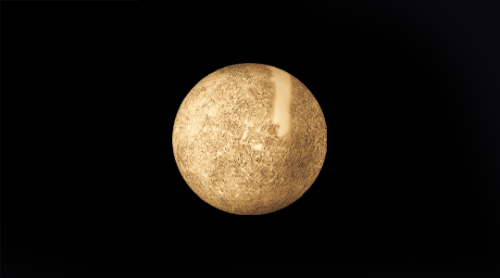
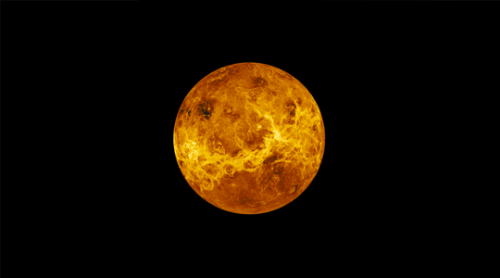

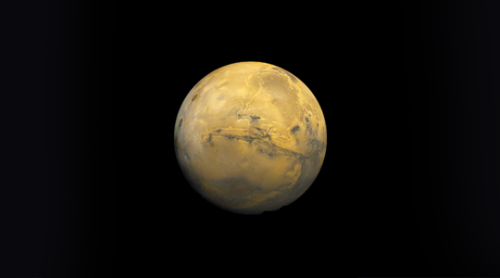
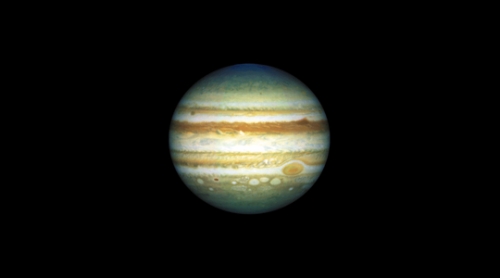
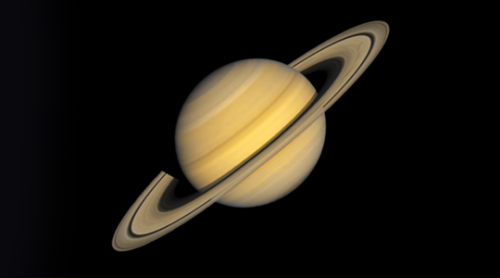
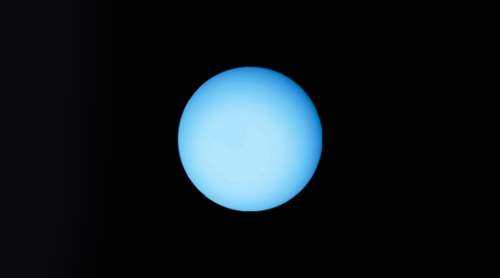
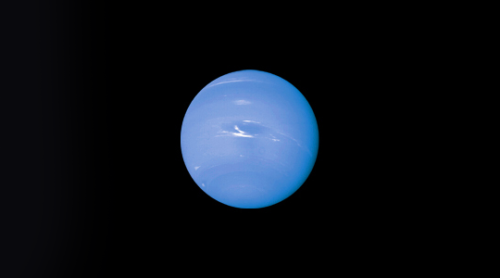
All here… Sorry, Pluto, you don’t belong here
PS: I do follow back
-
 wanderingnelipot reblogged this · 3 years ago
wanderingnelipot reblogged this · 3 years ago -
 wanderingnelipot liked this · 3 years ago
wanderingnelipot liked this · 3 years ago -
 stasia4lyfe reblogged this · 3 years ago
stasia4lyfe reblogged this · 3 years ago -
 stasia4lyfe liked this · 3 years ago
stasia4lyfe liked this · 3 years ago -
 felixalot75 liked this · 3 years ago
felixalot75 liked this · 3 years ago -
 xnzda reblogged this · 6 years ago
xnzda reblogged this · 6 years ago -
 shawn1965 liked this · 7 years ago
shawn1965 liked this · 7 years ago -
 rosebloodwater reblogged this · 7 years ago
rosebloodwater reblogged this · 7 years ago -
 rosebloodwater liked this · 7 years ago
rosebloodwater liked this · 7 years ago -
 m-19-47-su-2015 liked this · 8 years ago
m-19-47-su-2015 liked this · 8 years ago -
 courtneyxthorne liked this · 8 years ago
courtneyxthorne liked this · 8 years ago -
 nuestrouniverso-blog1 liked this · 8 years ago
nuestrouniverso-blog1 liked this · 8 years ago -
 bastardsinclair liked this · 8 years ago
bastardsinclair liked this · 8 years ago -
 unclegrimsley66 liked this · 8 years ago
unclegrimsley66 liked this · 8 years ago -
 spacepics reblogged this · 9 years ago
spacepics reblogged this · 9 years ago -
 cunninghalo liked this · 9 years ago
cunninghalo liked this · 9 years ago -
 spaceg00b-blog reblogged this · 9 years ago
spaceg00b-blog reblogged this · 9 years ago -
 theconstellationsinyourskin liked this · 9 years ago
theconstellationsinyourskin liked this · 9 years ago -
 astraldemise reblogged this · 9 years ago
astraldemise reblogged this · 9 years ago -
 stupidelephanthead liked this · 9 years ago
stupidelephanthead liked this · 9 years ago -
 spinninglittleorbs reblogged this · 9 years ago
spinninglittleorbs reblogged this · 9 years ago -
 ltiralongo reblogged this · 9 years ago
ltiralongo reblogged this · 9 years ago -
 babynymphea reblogged this · 9 years ago
babynymphea reblogged this · 9 years ago -
 cjcakeless-blog reblogged this · 9 years ago
cjcakeless-blog reblogged this · 9 years ago -
 cjcakeless-blog liked this · 9 years ago
cjcakeless-blog liked this · 9 years ago -
 crunchypeachboi reblogged this · 9 years ago
crunchypeachboi reblogged this · 9 years ago -
 barnstrom liked this · 9 years ago
barnstrom liked this · 9 years ago -
 vag-blaster reblogged this · 9 years ago
vag-blaster reblogged this · 9 years ago -
 vag-blaster liked this · 9 years ago
vag-blaster liked this · 9 years ago -
 breathlesscharm reblogged this · 9 years ago
breathlesscharm reblogged this · 9 years ago
